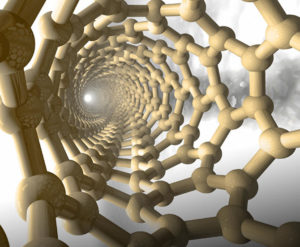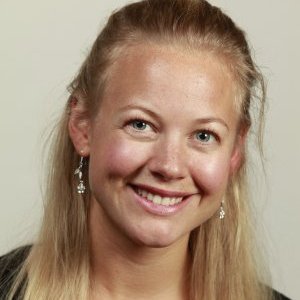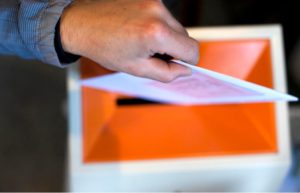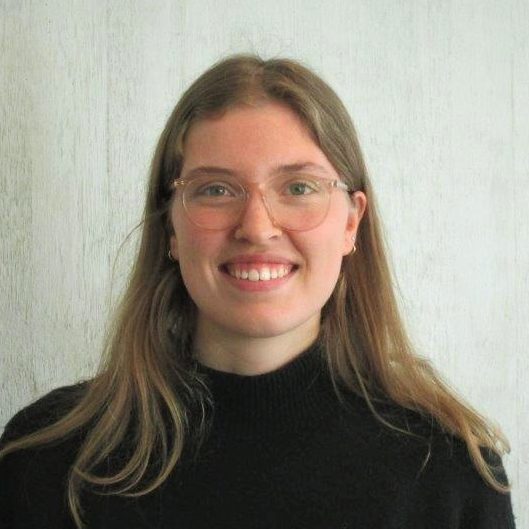Month: mai 2019
Nanodagen 2019
 NANO100 students will display their projects in an open poster session.
NANO100 students will display their projects in an open poster session.
Date: Friday 31 May. Time: 14:15 – 15:00. Place: «vrimlearealet» 1st floor, Realfagsbygget.
Join us for a social Friday with beer @ KI

This Friday May 31 the brewmasters will gather KI for a social event with homemade refreshments!
Meet in Reagensglasset @5pm.
Bon voyage, Cecilie!
 Tomorrow morning, our research advisor, Cecilie, embarks on a one-year leave to the USA, accompanying her husband on a sabbatical leave. We wish them both a most fruitful and enjoyable stay!
Tomorrow morning, our research advisor, Cecilie, embarks on a one-year leave to the USA, accompanying her husband on a sabbatical leave. We wish them both a most fruitful and enjoyable stay!
The process of recruiting a new research advisor to chemistry is well on the way; meanwhile, Kristin and Knut will try to patch up as well as we can. Questions regarding external funding etc should be addressed accordingly.
Valgresultater /election results
 For gruppe B ble det avlagt 6 stemmer. Valgt: Zeeshan Muhammad,
For gruppe B ble det avlagt 6 stemmer. Valgt: Zeeshan Muhammad,
1. vara: Christian Sant Gjermestad,
2. vara: Beate Halsvik
3. vara: Morten Tysse
For gruppe D ble det avlagt 15 stemmer, hvorav 4 blanke. Valgt: Kristine Lauve Irgens og Jostein Rossvoll.
1. vara: Nikolai Golten Fiskeseth
2. vara: Camilla Hallanger
3. vara: Angelina Olsen
Say Hi and Welcome! to Marie

Recently employed as an industrial PhD student in marine natural product chemistry. Marie Emilie Wekre has both a bachelor- and masters degree in chemistry from the University of Bergen. The PhD project is in collaboration with Alginor ASA with financial support from NFR and has a duration of 4 years. Associate professor Monica Jordheim will be the main supervisor on the project. The project focus will be on identification and characterization of polyphenols from a marine algae, Laminaria hyperborea.
How to fund eInfrastructure for research in the years to come?
A working group appointed by NTNU, UiB, UiO and UiT has proposed a new model for the future funding of Norwegian e-infrastructure (high-performance computing and data storage facilities as well as advanced user support) for research in order to be able to meet the ever increasing demand for e-infrastructure services. The backdrop is the strongly increasing cost of this infrastructure, which at the same time has become completely indispensable in itself and as a prerequisite for much of the other advanced infrastructure that science relies on. The group has now released a draft report for which they seek input from the community. The report makes several recommendations: Norway should aim to have e-infrastructure services on level with the best of a set of international reference countries; The level of base funding for e-infrastructure services should be increased significantly, by as much as 130-190 MNOK annually; The four universities and the Research Council of Norway should significantly increase their contribution to the base funding of the e-infrastructure services; A wider range of research and higher-education institutions should contribute to the base funding of the e-infrastructure services; A more trans-disciplinary funding must be put in place for e-infrastructure services as they are used by an ever increasing number of research domains. For further information, see the commentary made by the rectors of the four universities (in Norwegian).
Friday: two lectures in organic chemistry
The coming Friday (May 24th), there will be two lectures in organic chemistry by colleagues from the University of Alicante, Spain.
At 10:15 Professor Carmen Najera will give a lecture on «1,3-Dipolar cycloadditions of azomethine ylides and nitroalkanes».
At 13:15, Professor Miguel Yus will talk about «Asymmetric synthesis with chiral N-sulfinyl imines».
Both lectures will be in room 3069. Everybody is heartly welcome.
Leiv K. Sydnes
MAX IV opens for general users
Opportunity: Check out what MAX IV («Max four») can do for your research — attend the lecture by Stephen Molloy this Friday (May 24), Auditorium B (Allegaten 66) at 14.15!
MAX IV Laboratory is a Swedish national laboratory providing scientists with the most brilliant X-rays for research, located in Lund and easily accessible from Bergen via Copenhagen. As indicated by the name, this is the fourth generation of synchrotron radiation facilities in Lund, Sweden, and it also represents the fourth generation of technology for producing extremely brilliant, collimated and coherent X-rays by way of electron storage rings.
Researchers from all over the world come to MAX IV to perform experiments using synchrotron x-rays at various beamline experimental stations that operate 24 hours a day, six days a week. Each experimental station is designed and specialized for a certain type of experiment. A “user” is someone who has been granted access (“beamtime”) to use a beamline at a synchrotron facility through a peer-reviewed proposal system. Access is granted based on academic merits and free of charge, under the condition that all results are timely disseminated into the academic public. The first upcoming deadline for general users to apply for beam time is 17 September 2019. There are at present 16 beamlines funded for research covering a wide range of scientific areas and photon energy ranges. An overview of beamlines and techniques that are available to general users may be found here. The beamline portfolio is expected to continue to grow up to around 30 beamlines in 2026.
When completed, it is expected that MAX IV Laboratory will receive more than 2000 individual researchers annually to carry out experiments in a variety of disciplines including surface science, semiconductor physics, materials science, atomic and molecular physics, chemistry, biology, cultural heritage, and medicine. Their research will be offered world-class performance beamlines at the MAX IV Laboratory. The synchrotron radiation from the two storage rings covers the wavelength range from the far infrared through the UV, VUV, soft x-ray up to the hard x-ray range using radiation from bending magnets or insertion devices. Among the techniques used at these beamlines are: VUV and soft x-ray electron spectroscopy and microscopy, soft x-ray magnetic circular dichroism, x-ray fluorescence, x-ray absorption spectroscopy and different x-ray diffraction and scattering techniques.
One-day course for MSCA-IF applicants
 The 2019 Marie Skłodowska-Curie Actions (MSCA) Individual Fellowships (IF) call is now open. The call deadline is 11 September 2019.
The 2019 Marie Skłodowska-Curie Actions (MSCA) Individual Fellowships (IF) call is now open. The call deadline is 11 September 2019.
UiB is organising a free one-day course for MSCA-IF applicants on the 28th of May 2019 from 09.00 – 16.00.
See link for program and registration.
